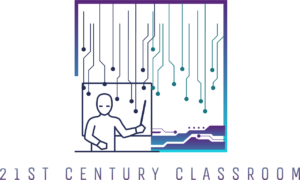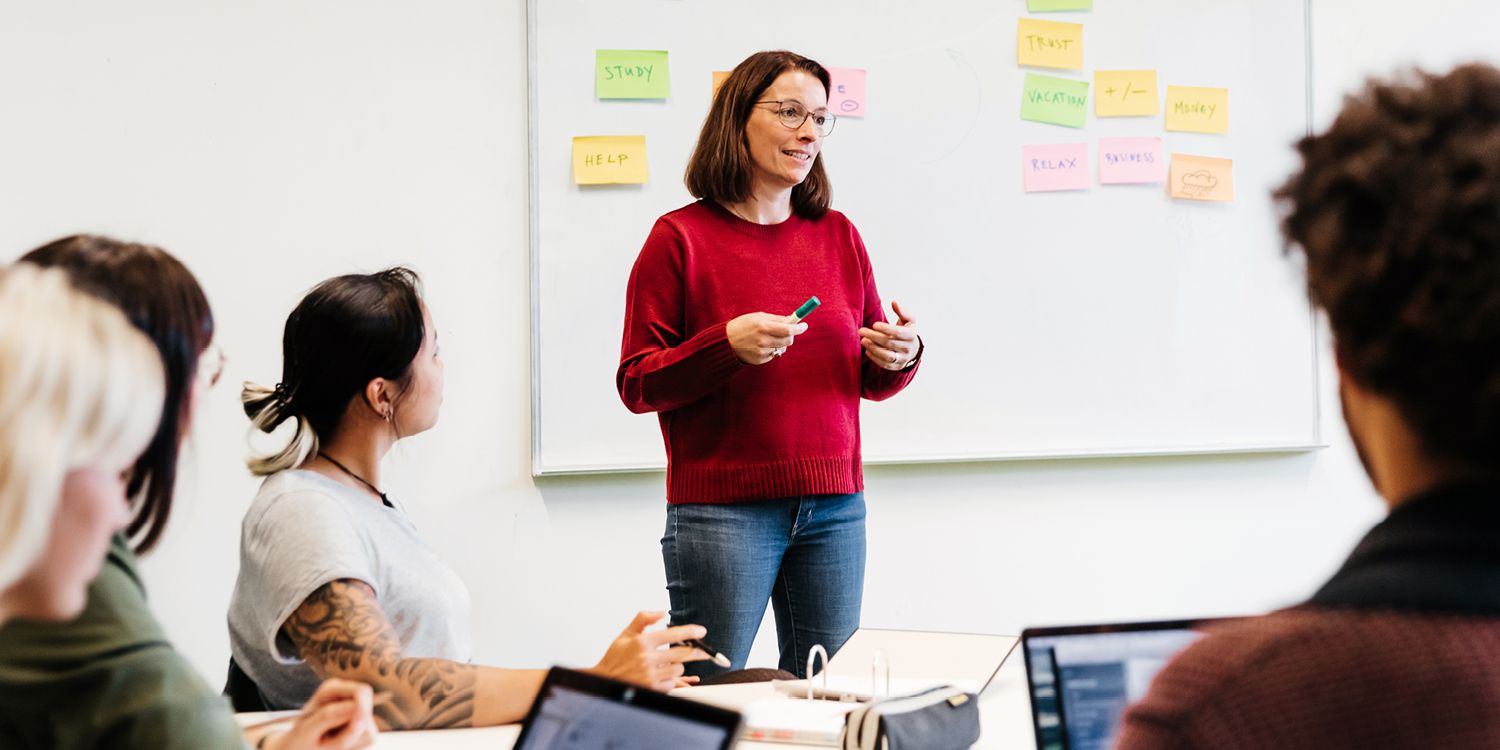In today’s diverse and dynamic classrooms, effective classroom management is a cornerstone of successful teaching. It sets the stage for engaged learning, fosters a positive atmosphere, and paves the way for academic achievement. As educators, navigating the learning environment and implementing strategies for classroom management can be both challenging and rewarding. In this blog post, we’ll explore a range of effective strategies that empower educators to create a harmonious and productive classroom setting.
Understanding Classroom Management
Classroom management is more than just maintaining order; it’s about creating an environment where students can thrive academically and socially. A well-managed classroom minimizes disruptions and maximizes learning opportunities. Educators who master classroom management are better equipped to capture their students’ attention, provide clear instructions, and establish routines that optimize learning.
Establishing Clear Expectations
Clear expectations act as a roadmap for both teachers and students. When students understand what’s expected of them in terms of behavior and academic performance, they feel a sense of purpose and direction. Communicate these expectations early on, and consider involving students in setting some of these guidelines. Clear expectations reduce confusion and lay the foundation for a productive learning environment.
Creating a Positive Classroom Culture
A positive classroom culture is the backbone of effective classroom management. It’s about fostering an environment where students feel valued, respected, and included. This culture encourages collaboration, empathy, and a shared sense of responsibility. By integrating team-building activities, acknowledging individual achievements, and promoting a growth mindset, educators can create a sense of belonging that fuels motivation and engagement.
Effective Communication Techniques
Communication lies at the heart of classroom management. Active listening, clear articulation, and nonverbal cues are vital tools for establishing rapport with students. Demonstrating genuine interest in their thoughts and concerns creates an environment where open dialogue is encouraged. Through effective communication, educators can address conflicts, provide constructive feedback, and build positive relationships.
Proactive Behavior Management
Prevention is key to maintaining a harmonious classroom. Proactive behavior management involves anticipating potential disruptions and implementing strategies to minimize their occurrence. Strategic seating arrangements, visual cues, and consistent routines can channel students’ energy positively, reducing the likelihood of distractions and disruptions.
Dealing with Challenging Behaviors
Even with the most proactive measures, challenging behaviors may arise. It’s crucial to address these behaviors promptly and professionally. Employing techniques such as active listening, private discussions, and behavior reflection sheets can help understand the root causes of challenging behaviors and work collaboratively with students to find solutions.
Time Management in the Classroom
Time management is an art that extends beyond personal productivity. It’s about structuring the classroom experience to optimize learning opportunities. Creating a balanced schedule, allocating time for transitions, and using time-tracking tools can create a structured environment that keeps both students and educators on track.
Incorporating Technology for Engagement
Modern classroom management involves leveraging technology to enhance engagement. Interactive presentations, digital collaboration tools, and educational apps can captivate students’ attention and encourage active participation. Integrating technology thoughtfully fosters a dynamic learning atmosphere.
Collaborating with Colleagues and Support Staff
The education journey isn’t a solitary one. Collaborating with colleagues, administrators, and support staff can provide valuable insights and resources for effective classroom management. Sharing strategies, seeking advice, and working as a team can lead to a more holistic approach to maintaining a productive learning environment.
Flexibility and Adaptability
The best-laid plans sometimes encounter unexpected challenges. Flexibility and adaptability are essential qualities for educators. Being open to adjusting strategies based on students’ needs, unforeseen circumstances, and emerging technologies ensures that the classroom management approach remains relevant and effective.
Self-Care for Educators
Maintaining a well-managed classroom begins with taking care of oneself. The demands of teaching can be draining, making self-care vital for educators’ well-being. Incorporating regular breaks, pursuing hobbies, and seeking professional support when needed can prevent burnout and enable educators to bring their best selves to the classroom.
Conclusion
Navigating the learning environment and mastering classroom management is an ongoing journey. By understanding the principles of effective classroom management, establishing clear expectations, fostering a positive classroom culture, and integrating various strategies, educators can create an environment that promotes learning, growth, and mutual respect. Remember, the strategies you choose should align with your teaching style and your students’ unique needs, helping you craft a successful educational experience.

